 It appears to be too late!
It appears to be too late!
Global warming is happening and on a scale far greater than previously thought.
It also appears, that while man’s tinkering with technology and industry may have had some adverse effect, the planet itself and solar influences are a much greater threat.
We are about to become more victims than perpetrators.
Everything I read or see, whether the recent dismal US Government report, news or the evidence that I see myself, shows that we are knee-deep in crap and sinking.
Reports that tropical storms are increasing in size and strength and migrating toward the poles, and this week we have severe flooding in Bosnia, the worst in 100 years. The extreme weather patterns in the northwest USA this last winter combined with California droughts. To me it points to a greater force than man’s puny industry has ever been able to exert on the planet.
The governments, those who are, trying to curb carbon emissions amongst other measures are banging their heads against a wall, even if you consider that a little progress may delay further disasters by five minutes. It’s going to happen, and it is happening.
To give you some perspective, read this report on the Antarctic melt.
Esa’s Cryosat mission sees Antarctic ice losses double

Antarctica is now losing about 160 billion tonnes of ice a year to the ocean – twice as much as when the continent was last surveyed.
The new assessment comes from Europe’s Cryosat spacecraft, which has a radar instrument specifically designed to measure the shape of the ice sheet.
The melt loss from the White Continent is sufficient to push up global sea levels by around 0.43mm per year.
Scientists report the data in the journal Geophysical Research Letters.
The new study incorporates three years of measurements from 2010 to 2013, and updates a synthesis of observations made by other satellites over the period 2005 to 2010.
Cryosat has been using its altimeter to trace changes in the height of the ice sheet – as it gains mass through snowfall, and loses mass through melting.
‘Big deal’
The study authors divide the continent into three sectors – the West Antarctic, the East Antarctic, and the Antarctic Peninsula, which is the long finger of land reaching up to South America.
Overall, Cryosat finds all three regions to be losing ice, with the average elevation of the full ice sheet falling annually by almost 2cm.

Cryosat’s double antenna configuration allows it to map slopes very effectively
In the three sectors, this equates to losses of 134 billion tonnes, 3 billion tonnes, and 23 billion tonnes of ice per year, respectively.
The East had been gaining ice in the previous study period, boosted by some exceptional snowfall, but it is now seen as broadly static in the new survey.
As expected, it is the western ice sheet that dominates the reductions.
Scientists have long considered it to be the most vulnerable to melting.
It has an area, called the Amundsen Sea Embayment, where six huge glaciers are currently undergoing a rapid retreat – all of them being eroded by the influx of warm ocean waters that scientists say are being drawn towards the continent by stronger winds whipped up by a changing climate.
About 90% of the mass loss from the West Antarctic Ice Sheet is going from just these few ice streams.
At one of them – Smith Glacier – Crysosat sees the surface lowering by 9m per year.
While the measurements in the article are in millimetres, and tenths of a millimetre, they are not to be underestimated when you consider the vast area of the Antarctic.
All this information has to be read with the rest and the figures added to previous results.
It is my opinion that the planet is doing its own thing. Man has had a finger in the pie regardless what scientists and climate deniers say.
This brings us to the stage where we have been pushing for climate change technology and lessening our impact, but it seems that is going to be too little, too late, it’s going to happen anyway. Instead of spending billions trying to stop the inevitable, we should be spending those billions on how we are going to survive it.
The Maldives, a small island nation in the Indian Ocean, is already very concerned about their future. Kiribati, an island nation in the Pacific is not only concerned, but living the threat of their home slowly disappearing under the waves.
But these are small places of little consequence, you say. But what are we going to do when it’s Manhattan Island and New York City? Or any of the other major coastal cities around the world.
Are we going to wait for the waves to lap around our doorsteps before we wake up and smell the coffee?
If we procrastinate any longer, it’s going to be too late to save people. I am talking of hundreds of millions here, not just a few.
The current paradigm is not working!
We have to stop acting like the ostrich with our heads in the sand and pretending this is not a scenario.

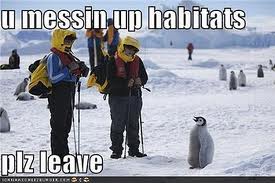










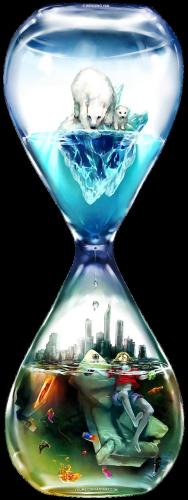
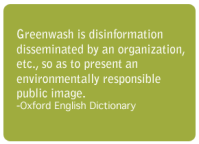
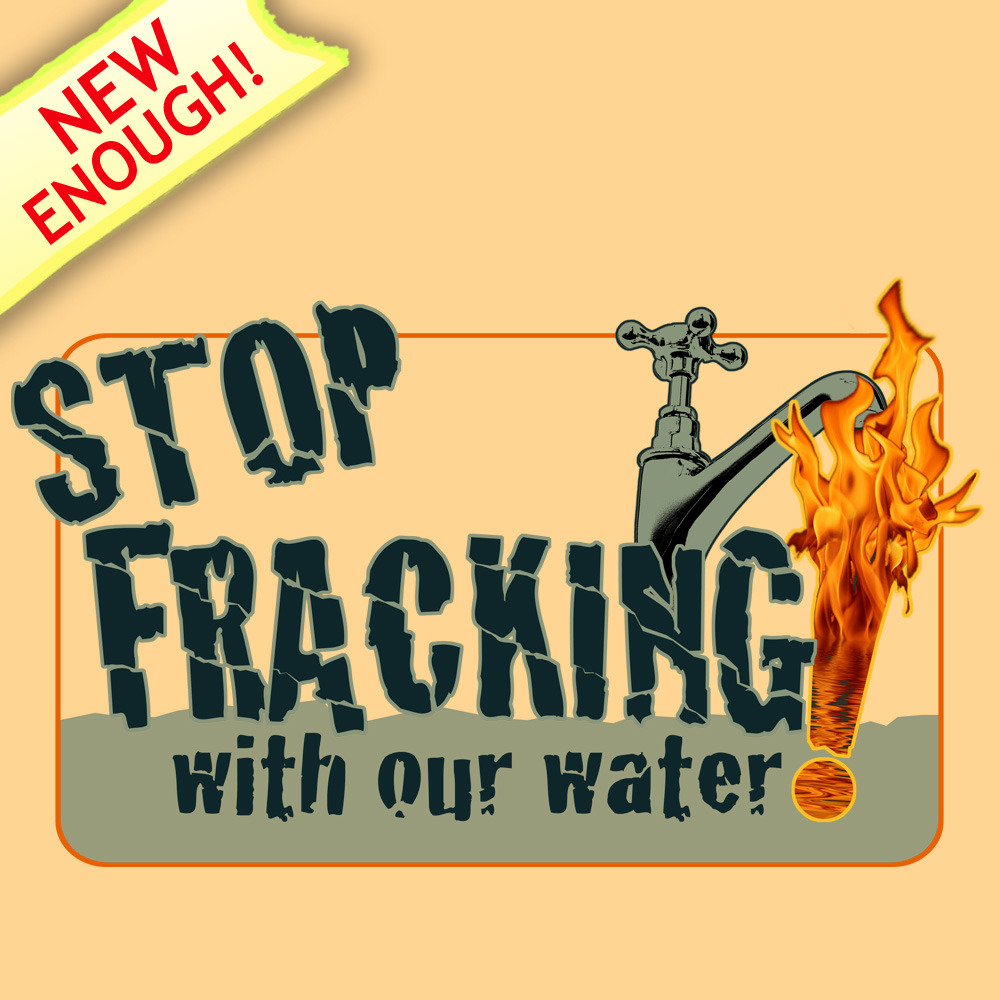

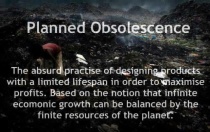





Posted by Lois Field on May 20, 2014 at 9:56 pm
I recently listened to an interview where this woman explained the melting of Antarctica and stated we should have enough time yet to build walls along the coast line of the US to protect our cities. I shook my head knowing no one in the US government was preparing to build these walls and at the same time are still rebuilding New Orleans which sits below sea level and is sinking as we speak.
LikeLike
Posted by argentumvulgaris on May 21, 2014 at 11:33 am
>Lois, the procrastination will be our down fall;
AV
LikeLike